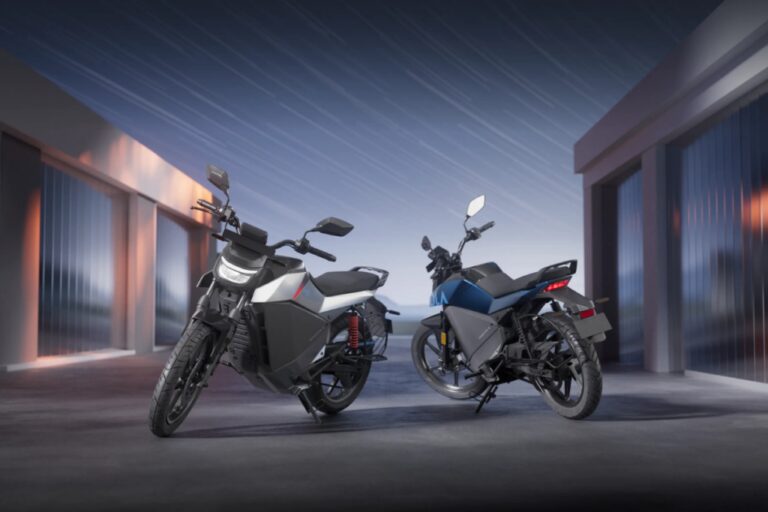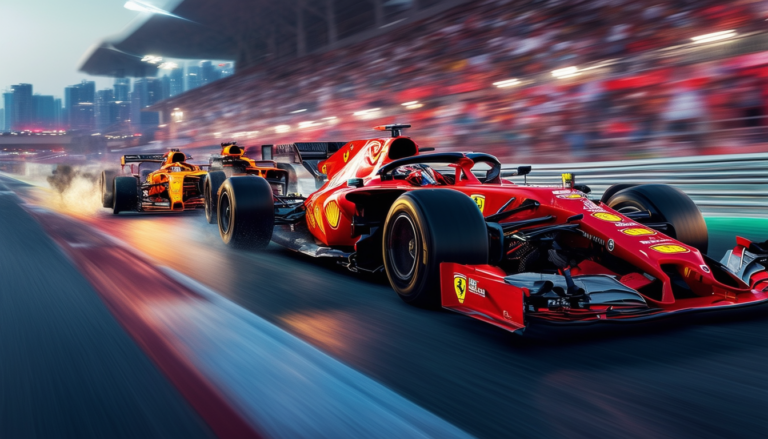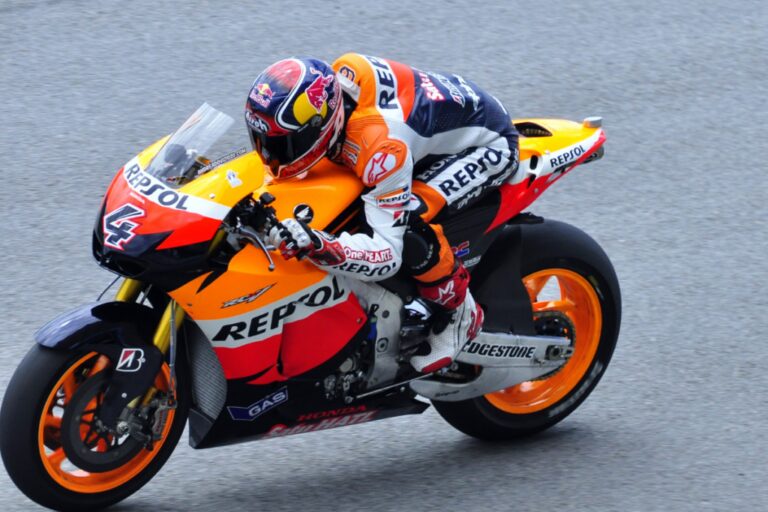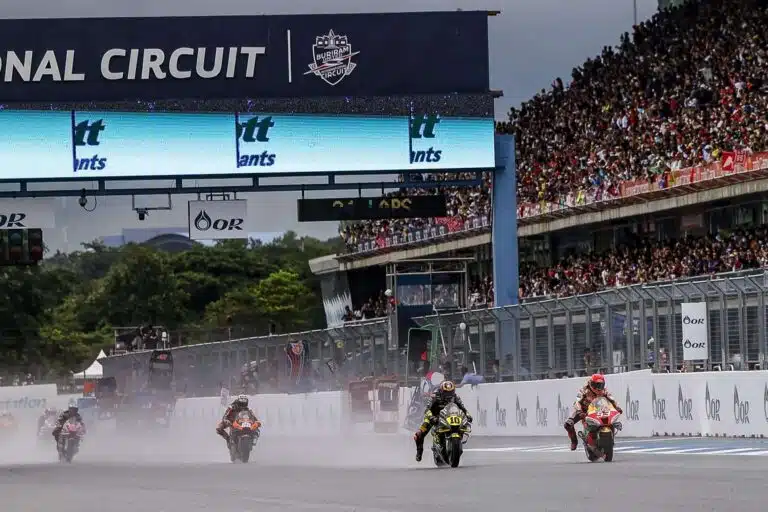MotoGP 2025: Yamaha improves the performance of the M1 with a rear redesign
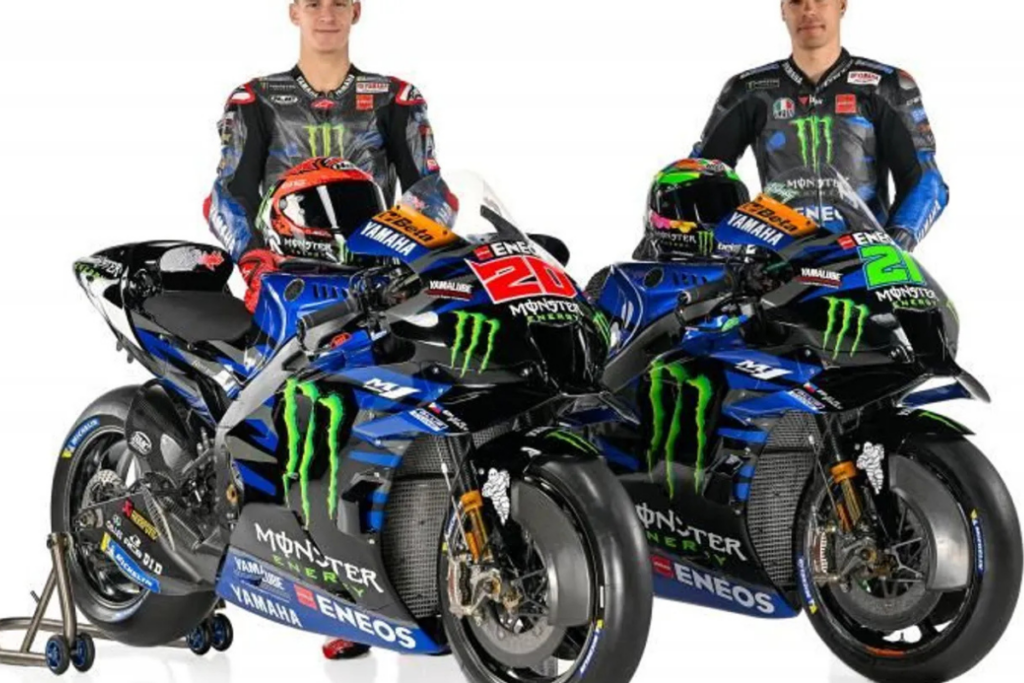
The 2025 pre-season of MotoGP brought with it a series of surprises and, undoubtedly, Yamaha has captured all the attention with a technical innovation that could revolutionize its bike, the M1. It is clear that this year, Yamaha has stepped out of its comfort zone to rise again to the top of the competition. The most notable change? The relocation of the control unit under the tail of the bike. A bold move to improve stability and performance in the rear wheel. But will this brilliant move be enough for Yamaha to compete with the giants of the paddock? I invite you to explore this innovation and also to observe other evolutions of the machine and its team.
Yamaha: a new design for the M1
You know, the design of a bike is crucial. It can be the difference between a machine that stands out and one that falls behind. In 2025, Yamaha has made a true aesthetic and technical transformation. In particular, the rear part has undergone a small revolution. Goodbye to the vintage design that glorified the M1 during the years of Valentino Rossi. No more retro styled raised tails. Now, the machine adopts a modern shape, directly inspired by the aerodynamics of Ducati.
But the most fascinating aspect of this development is not just the appearance. Yamaha has moved the control unit, the batteries, and all the wiring under the tail of the bike. This strategic modification aims to rebalance the distribution of weight. The result? The bike could offer better traction and greater stability in the rear wheel, especially when exiting the corners. It’s a calculated risk, as it could slightly affect the corner entry. But honestly, with the tests conducted, it’s worth a try.
Technology at the service of traction
This is where the magic happens. For years, Yamaha struggled to find the right formula to maximize grip and acceleration, especially on surfaces with less traction. Luca Marmorini, the new technical director of Yamaha, decided to move pieces by relocating heavy components toward the rear of the machine. Basically, the center of gravity of the bike was adjusted to improve traction in the rear wheel.
The first results from the pre-season tests indicate that this strategy is proving effective. Although some tests in Buriram were not completely conclusive, the M1 showed its potential in Sepang and in Thailand, competing head-to-head with the best machines on the circuit. If these results hold throughout the season, Yamaha could surprise everyone.
Innovations inspired by Ducati and BMW
And if we talk about aerodynamics, Yamaha didn’t just stop at rebalancing the weight distribution. The team also tested a new front wing, inspired by the BMW M 1000 RR of Toprak Razgatlioglu. This three-element lower wing, tested during the pre-season, could even make it to competitions. Of course, some consider this innovation too avant-garde, but who doesn’t take risks doesn’t win? Hopefully, it could offer an extra in performance, especially in fast corners and accelerations.

